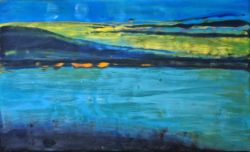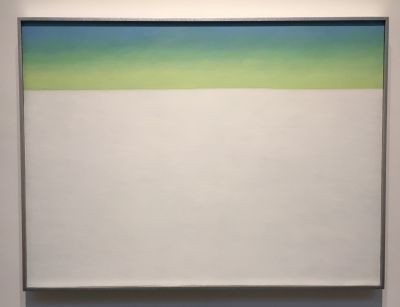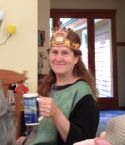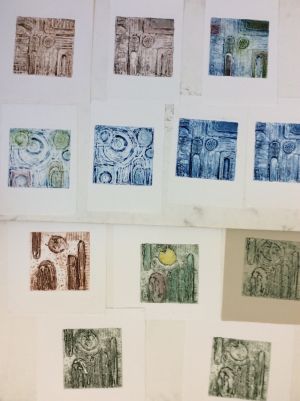As I ponder the next few months of my art business, I start thinking about ways to reach new customers. I don't have a show for a year and a half so between shows I need to generate new markets and collectors. With the internet there are so many ways to market yourself, and to reach out. Etsy, Artful Home, and Saatchi Art are just a few online galleries for promotion and sales. Then there is Facebook, Instagram and who knows what other social media platforms for reaching out to the art loving bigger world. I am considering experimenting with offering selected pieces of my graphic work for sale on my website, work not shown in any local galleries but sold all over the country by my rep. I will change the offerings from time to time to see what attracts the most attention and comments.
As I said, I have an artist rep who sells my graphic work around the country. I am shown in a few commercial galleries, in an artist run gallery, and am in group shows on occasion. For example, right now I have two glass pieces in a show in Anacortes, Washington. Here is one of them:
transect, kiln glass, 18x18
I often explain my approach to friends who have never been dependent on commissioned sales or on marketing themselves, friends who have had a job they did at an office or in a classroom, that I have my eggs in many baskets, my fingers in many pies, or whatever food metaphor comes to mind. So my project for this summer is to figure out other ways of "making it"...to reach new collectors and markets. It is part of my job as an independent business person to think broadly and openly about my business, and to do what I can to make a decent living by reaching out to as many old and new collectors as I can. Oh, and somewhere in there I will be in my studio making new work, experimenting with new methods and ideas, and seeing where my inquiries take me.
What do you do to reach new collectors or markets? Have you had better success in certain venues than in others? How many eggs are in your basket?








































